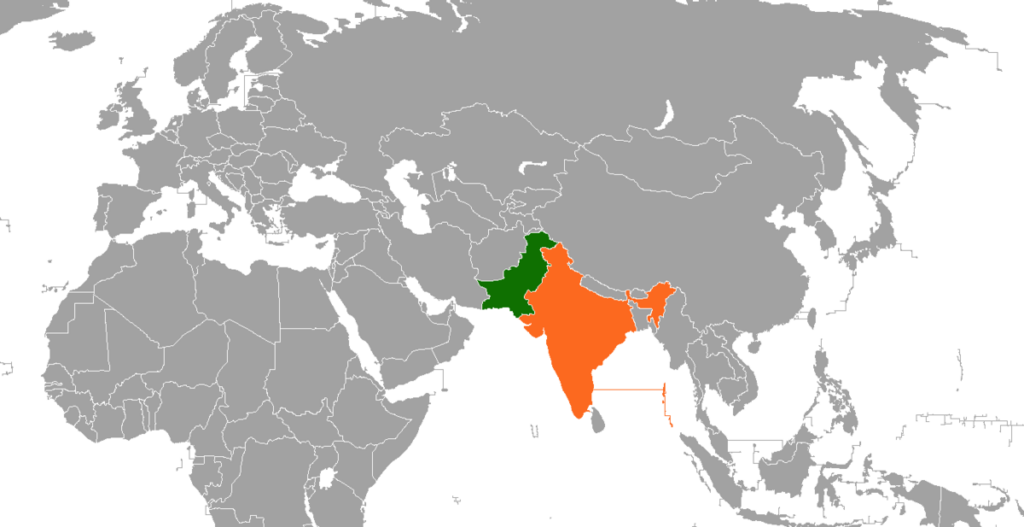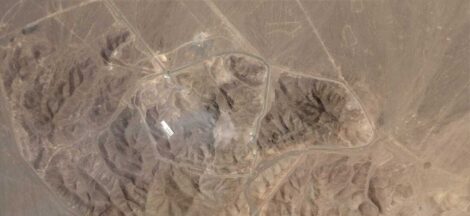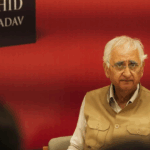Pakistan’s official dossier on its Operation Bunyan un Marsoos reveals that India conducted airstrikes on a broader range of targets across the country than previously disclosed by Indian military briefings. The document asserts that Indian forces struck at least eight additional locations beyond those mentioned in press statements following the air campaign last month.
The dossier details strikes in major cities and strategic points including Peshawar, Jhang, Hyderabad in Sindh province, Gujrat in Punjab, Gujranwala, Bhawalnagar, Attock, and Chor. These sites were absent from the Indian Air Force and Director General of Military Operations’ official announcements, suggesting a wider operational footprint during the air raids.
Operation Sindoor, the codename for India’s cross-border retaliation, was initiated in response to a deadly attack on Indian security forces. Official Indian reports have primarily acknowledged strikes in the Balakot region of Pakistan’s Khyber Pakhtunkhwa province. However, the Pakistani dossier presents a contrasting narrative, illustrating a multifaceted air campaign targeting several urban and military installations across different provinces.
The dossier includes detailed maps marking the precise locations of these additional strikes. This broader targeting pattern indicates a potential escalation in operational scope, encompassing areas previously thought to be beyond the immediate focus of Indian air operations. The cities and towns named in the document hold strategic military or logistical significance, potentially aimed at degrading Pakistan’s defence infrastructure.
The discrepancy between India’s official acknowledgements and Pakistan’s dossier has intensified diplomatic tensions, as Islamabad contests the scale and intensity of the Indian air campaign. Pakistan’s military leadership has used the dossier as evidence to argue that the Indian strikes were more extensive and widespread, thus justifying its own military responses and heightened alert status along the border.
Analysts note that the inclusion of cities like Hyderabad in Sindh and Gujrat in Punjab reflects a deeper penetration into Pakistani territory than publicly recognised. Hyderabad is a significant urban centre with critical infrastructure, while Gujrat and Gujranwala have strategic military and industrial relevance. The striking of multiple locations across Sindh and Punjab provinces, far from the initially reported Balakot area, suggests a deliberate effort to target Pakistan’s interior lines and supply routes.
Military experts caution that the divergent narratives underscore the challenges in verifying information in conflict zones, where both sides have incentives to shape public perception. While the Indian government maintains that its airstrikes were precise and limited to militant training camps, the Pakistani dossier portrays a more aggressive posture, claiming that the strikes caused widespread damage and targeted civilian areas.
The reported strikes on Peshawar and Attock also highlight the operational breadth of the Indian air force during the campaign. Peshawar, close to the Afghan border, is a major urban centre with military installations, and Attock holds strategic importance due to its location near key transit routes. The targeting of these areas could signify an Indian strategy aimed at disrupting militant logistics and command networks beyond the immediate Kashmir theatre.
Pakistan’s official release of the dossier comes amid ongoing diplomatic efforts to de-escalate tensions along the India-Pakistan border. The Pakistani government has called for international scrutiny and condemnation of what it describes as India’s violations of its sovereignty. Meanwhile, New Delhi has reiterated its commitment to combating cross-border terrorism, framing the air operations as necessary defensive measures.
Experts monitoring the conflict emphasise the role of intelligence and reconnaissance in shaping airstrike targeting. India’s military planners likely leveraged detailed satellite imagery and electronic intelligence to identify multiple targets across Pakistan’s provinces. The apparent discrepancy in target acknowledgement could reflect strategic communication choices, balancing operational secrecy with the need to manage international opinion.
The unfolding situation also sheds light on the evolving dynamics of modern aerial warfare between the two neighbours. The use of precision-guided munitions and the emphasis on disrupting militant infrastructure deep inside Pakistan’s territory marks a shift from previous engagements, which were largely confined to disputed border areas. This expanded reach could influence future military doctrines and escalation thresholds on both sides.
Pakistan’s dissemination of the dossier serves multiple purposes: it aims to document the perceived scale of Indian aggression, bolster domestic support for its military posture, and appeal to the global community for diplomatic backing. At the same time, it puts pressure on India to clarify the full extent of its operations, raising questions about transparency and accountability in military engagements.
Despite the heightened rhetoric, diplomatic backchannels remain active, with officials from both countries engaging in dialogue to manage tensions and prevent further escalation. Analysts suggest that while the dossier highlights the contested narratives, the risk of further conflict remains significant unless confidence-building measures and ceasefire agreements are strengthened.




 Khurshid Faces Backlash Over Political Allegiance Remarks
Khurshid Faces Backlash Over Political Allegiance Remarks 